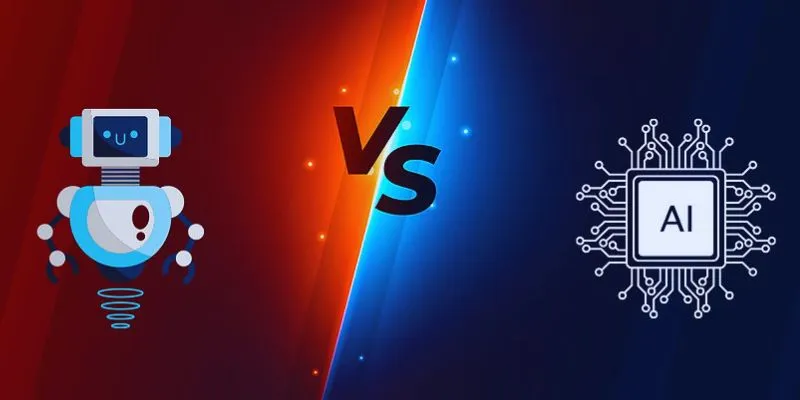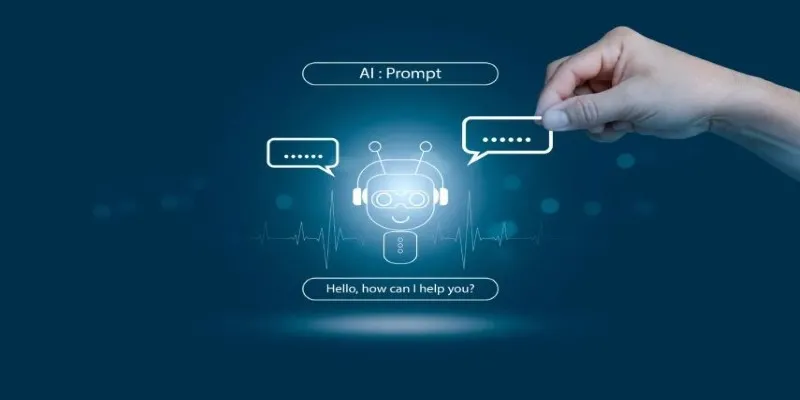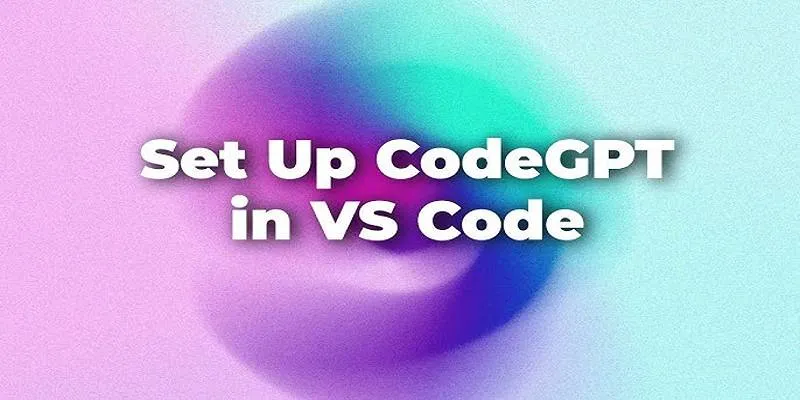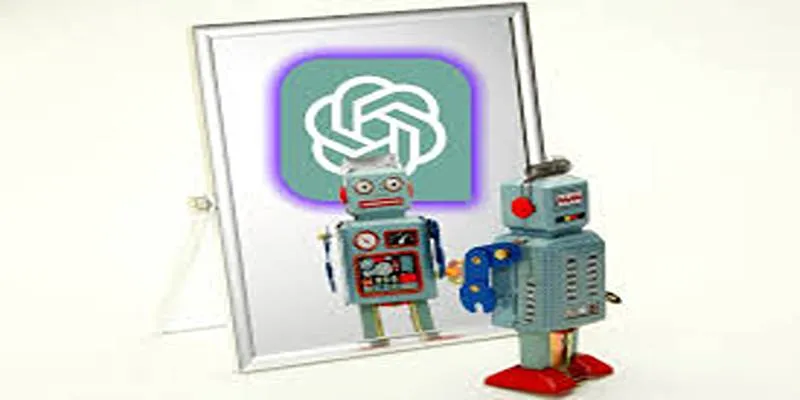Artificial intelligence (AI) has transitioned from an abstract concept to a practical tool that influences how we search for information, automate tasks, and interact with technology. Among the leading AI chatbots are Google’s Bard and OpenAI’s ChatGPT. These tools, while similar in function, have distinct differences that can influence your choice depending on your needs.
Both Bard and ChatGPT excel at generating human-like text and serve various purposes, such as writing, coding, research, and casual conversation. Understanding their differences can help you make an informed decision about which AI model best suits your requirements.
Core Differences Between Bard and ChatGPT
Although Bard and ChatGPT are both conversational AI models designed for text processing and generation, their core differences arise from the technologies behind them and their intended use cases.
Bard, Google’s AI chatbot, is part of its extensive AI initiative and is powered by the Gemini model (formerly LaMDA). Unlike traditional search engines that offer direct links and brief descriptions, Bard provides detailed responses based on real-time data. Its integration with Google Search ensures that responses are current, making it a compelling choice for obtaining fresh information.
Conversely, ChatGPT, developed by OpenAI, operates on the GPT series of models, with GPT-4 being the latest. Unlike Bard, ChatGPT primarily depends on its training data and does not always access real-time internet updates unless connected to plugins or an advanced browsing mode. This may lead to responses lacking recent developments unless updated data has been incorporated into its training model. However, ChatGPT excels at producing structured, contextually rich, and detailed content, making it ideal for tasks that demand deep understanding and creativity.
Another significant difference is how each model handles citations and sources. Bard, due to its integration with Google, can cite real-time sources for factual queries, whereas ChatGPT typically does not, unless specifically configured to do so. This makes Bard more suitable for research-intensive tasks where verifying information accuracy is crucial.
Similarities Between Bard and ChatGPT
Despite their differences, Bard and ChatGPT share several similarities. Both models are built to process natural language, allowing them to understand and generate text that mimics human speech. Whether it’s answering questions, drafting essays, generating creative stories, or assisting with coding, they respond in a natural and conversational manner.
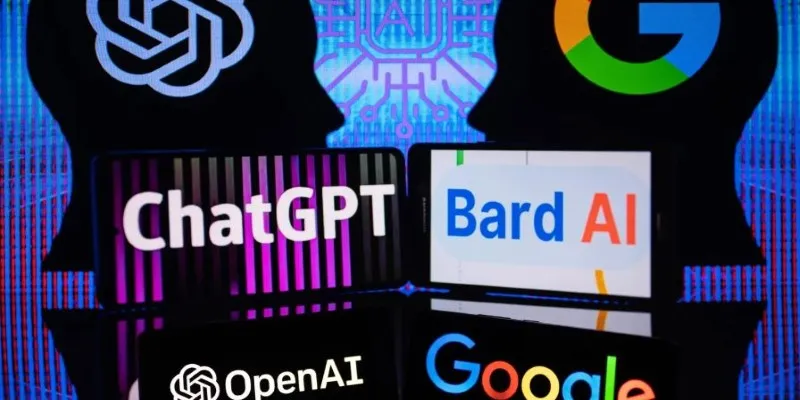
Both chatbots are adaptable across multiple fields, including education, customer support, content creation, and casual conversations. Their ability to process complex prompts and generate coherent, human-like responses makes them valuable tools in various industries.
Additionally, both Bard and ChatGPT employ deep learning techniques and reinforcement learning from human feedback (RLHF) to enhance their responses over time. This continuous refinement ensures they remain at the forefront of AI development. From a user experience standpoint, Bard and ChatGPT operate similarly, where users input a question or request, and the AI generates a response. Both platforms offer free and premium versions, with the latter providing more advanced capabilities, although exact pricing and feature sets may vary with updates from their developers.
Choosing Between Bard and ChatGPT
Choosing between Bard and ChatGPT depends on your specific needs. If real-time data, factual accuracy, and citations are important, Bard is likely the better choice. Its ability to pull the latest information from the web makes it especially useful for researching current events, technical queries, or rapidly changing subjects. Bard also provides external links for independent verification of information.
In contrast, if deep-dive analysis, structured content, or creative writing assistance are priorities, ChatGPT often performs better. Its reliance on its training data allows it to generate comprehensive long-form content without the interruptions that fluctuating internet sources might cause. This makes it suitable for writing articles, brainstorming ideas, or drafting complex technical explanations.
Another consideration is integration ease. Bard seamlessly integrates within the Google ecosystem, making it convenient for those who use Google Search, Docs, or other Google services. Meanwhile, ChatGPT is widely integrated into various third-party applications, including coding environments and productivity tools, offering versatility for users across different platforms.
A final factor is reliability. Bard’s reliance on live sources makes its responses susceptible to inaccuracies if a cited source is incorrect. While it attempts to verify credibility, errors can occur. ChatGPT, while not always updated with the latest information, delivers more consistent responses based on its training data, reducing misinformation risk from fluctuating web content.
Use Cases for Different Users
Bard and ChatGPT cater to different user needs. For students and researchers, Bard’s real-time data retrieval is ideal for fact-checking and academic work. Writers and content creators might prefer ChatGPT for producing well- structured, detailed, and engaging long-form content.

Businesses can choose based on their requirements—Bard is better for customer service with up-to-date responses, while ChatGPT excels at brainstorming, technical writing, and automation.
Casual users seeking AI-driven conversations will find both useful, but ChatGPT tends to produce more polished and structured responses, while Bard offers fresher insights. Ultimately, the choice depends on whether you prioritize real-time accuracy or well-organized, in-depth content.
Conclusion
Both Bard and ChatGPT provide powerful AI-driven text generation, but their strengths cater to different needs. Bard is ideal for real-time information, fact-checking, and citation-based responses, making it useful for research. ChatGPT, on the other hand, excels at generating structured, detailed, and creative content, making it better suited for writing and deep analysis. Your choice depends on whether you prioritize up-to-date accuracy or comprehensive, context-rich responses. As AI advances, both models will continue to evolve, enhancing their capabilities. Regardless of which you choose, AI chatbots are shaping the future of digital interaction and information accessibility.
 zfn9
zfn9


